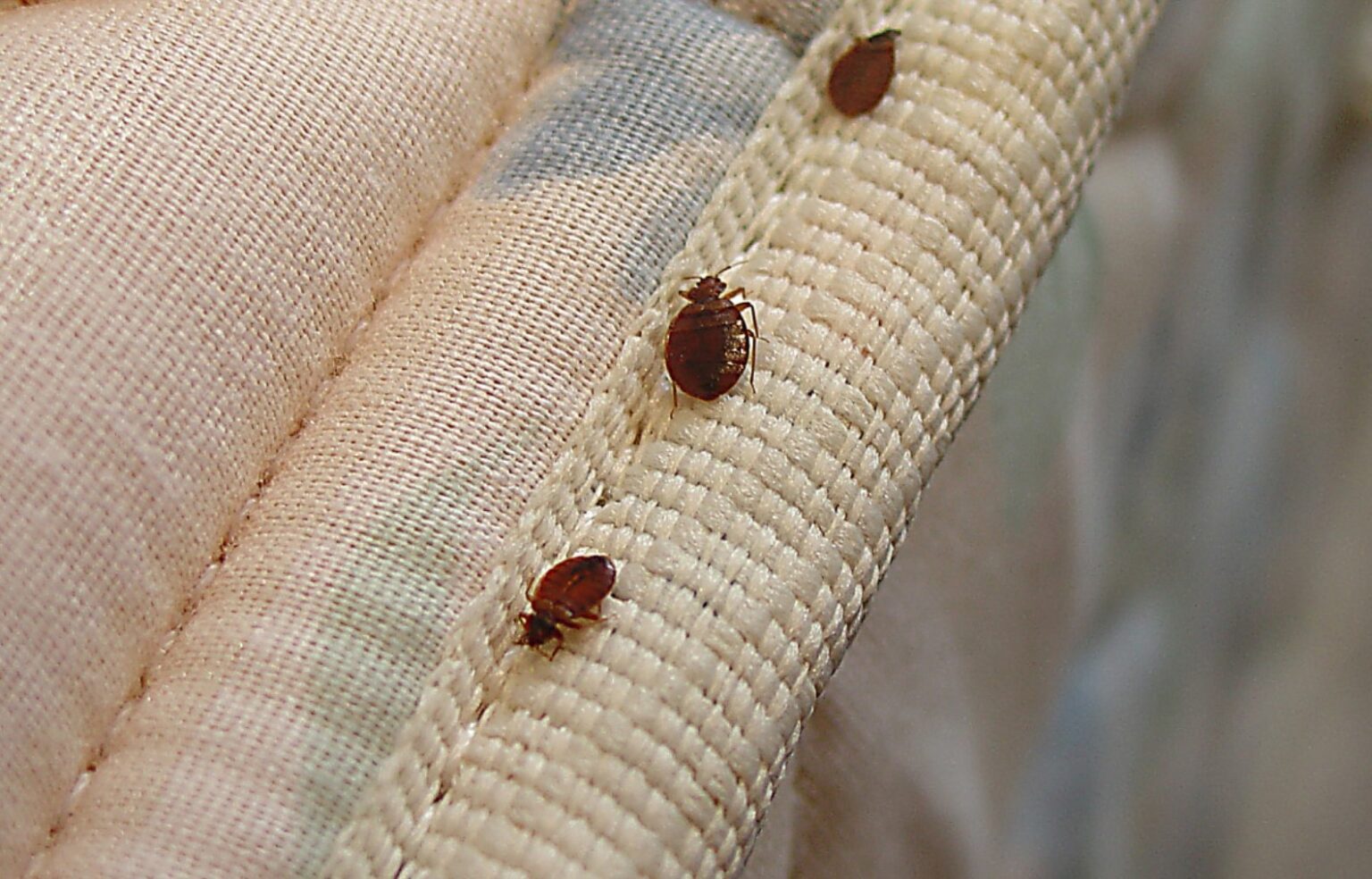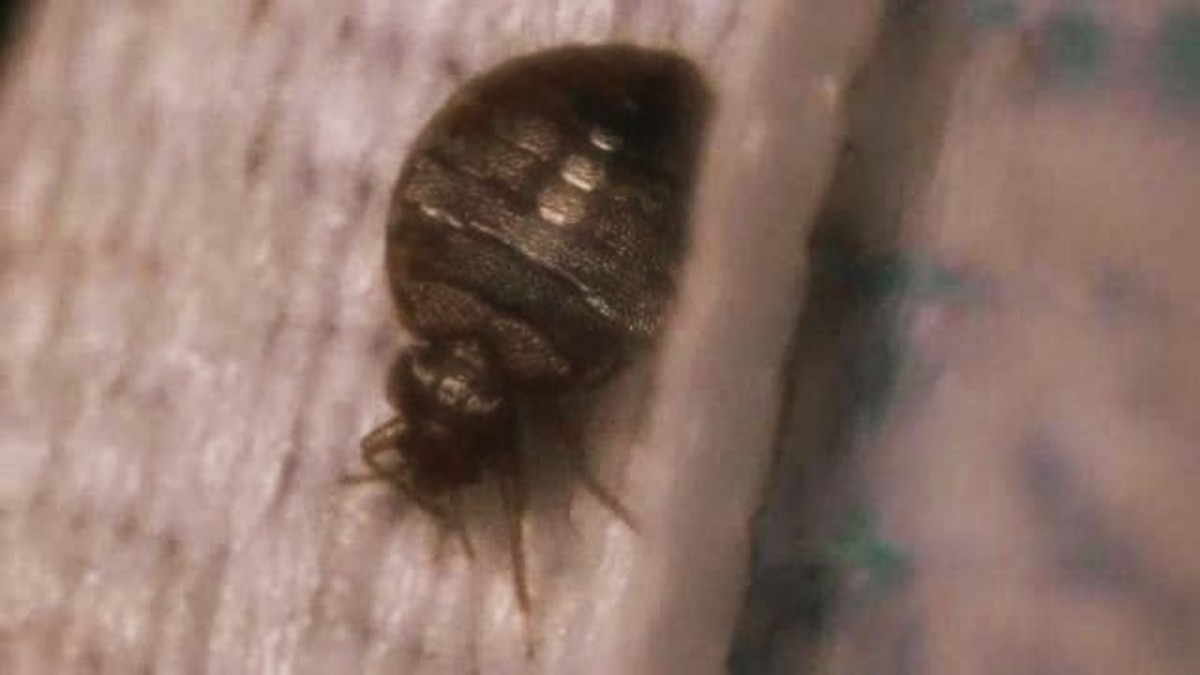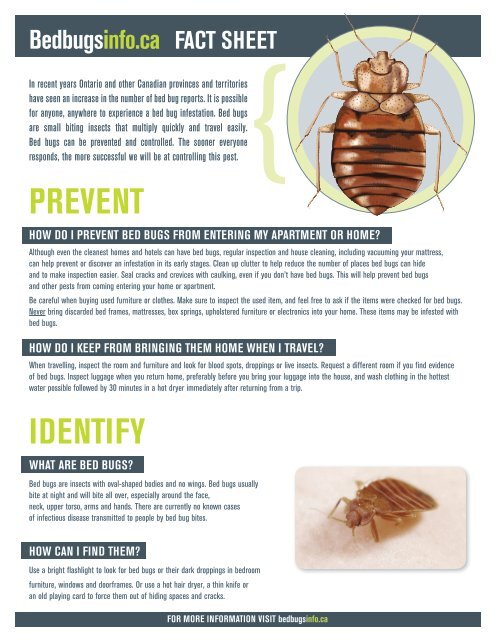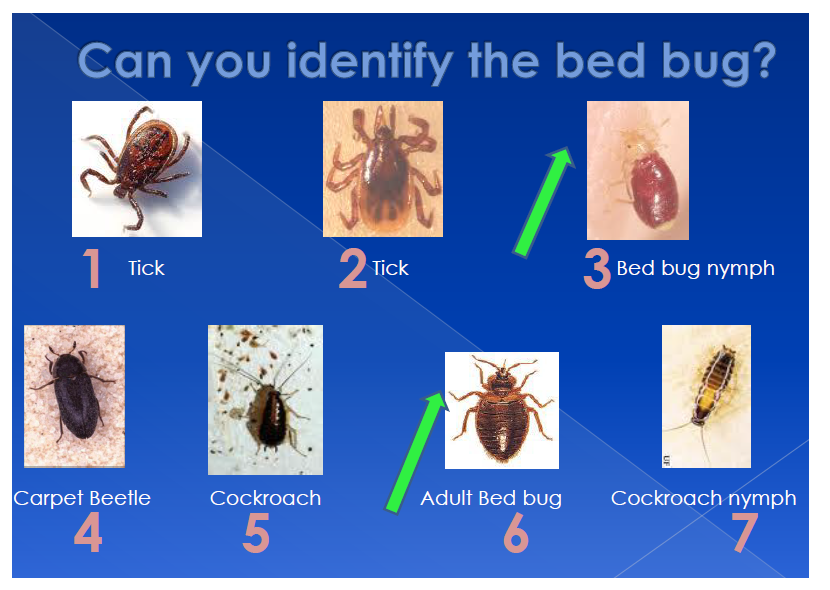Bed bugs are small, reddish-brown insects that feed on human blood. They are often found in mattresses and can cause itchy, red bites on your skin. But how do you know if your mattress is infested with bed bugs? Here are some signs to look out for: 1. Visible bugs or eggs: The most obvious sign of bed bugs in your mattress is actually seeing the bugs or their eggs. Bed bugs are about the size of an apple seed and their eggs are small, white and oval-shaped. 2. Rusty or reddish stains: After feeding on blood, bed bugs often leave behind rusty or reddish stains on your mattress. These stains may also be found on your sheets or pajamas. 3. Musty odor: Bed bugs release a musty, sweet odor that is often described as smelling like coriander or almonds. If you notice a strange smell in your bedroom, it could be a sign of a bed bug infestation. 4. Bites on your skin: Bed bugs are most active at night and feed on exposed skin, leaving behind itchy, red bites. These bites are often in a line or cluster, and may also be accompanied by a small rash. Signs of Bed Bugs in Your Mattress
If you suspect you have bed bugs in your mattress, it's important to check for them as soon as possible. Here are some steps to follow: 1. Strip your bed: Start by removing all sheets, blankets, and pillows from your bed. Place them in a plastic bag and seal it to prevent any potential bed bugs from spreading. 2. Inspect your mattress: Carefully examine all sides of your mattress, paying close attention to seams, folds, and crevices. Look for any signs of bed bugs such as live bugs, eggs, or stains. 3. Check your box spring: Bed bugs can also hide in the box spring, so be sure to check it thoroughly as well. This includes the seams, corners, and any other hiding spots. 4. Use a flashlight and magnifying glass: Bed bugs are small and can be difficult to spot with the naked eye. Using a flashlight and magnifying glass can help you see them more clearly. 5. Look for other signs: In addition to live bugs and eggs, there are other signs that your mattress may be infested with bed bugs. These include shed skins, fecal spots, and the musty odor mentioned earlier. How to Check for Bed Bugs in Your Mattress
Bed bugs are excellent at hiding and can squeeze into even the tiniest spaces. When it comes to mattresses, they often hide in the following areas: 1. Seams and folds: The seams and folds of a mattress provide the perfect hiding spot for bed bugs. They can easily tuck themselves into these crevices and remain undetected. 2. Box spring: As mentioned earlier, bed bugs can also hide in the box spring. This is because it offers a similar hiding place as a mattress, with seams and folds to tuck into. 3. Headboard and frame: Bed bugs can also hide in the headboard and frame of your bed. This is especially true if there are any cracks or crevices for them to hide in. 4. Mattress tags and labels: Even the tags and labels on your mattress can be a hiding spot for bed bugs. These small pieces of fabric offer a dark and secluded spot for them to hide. 5. Electrical outlets and baseboards: In severe infestations, bed bugs may even spread to electrical outlets and baseboards near the bed. This is because they can easily hide in these small spaces and travel to different areas of your home. Where Do Bed Bugs Hide in a Mattress?
If you have confirmed that your mattress is infested with bed bugs, it's important to take immediate action to get rid of them. Here are some steps to follow: 1. Vacuum your mattress: Start by vacuuming your mattress thoroughly, paying close attention to seams, folds, and crevices. This will help remove any live bugs, eggs, or other debris. 2. Wash and dry bedding: Wash all bedding, including sheets, blankets, and pillowcases, in hot water and then dry on high heat. This will kill any remaining bed bugs and their eggs. 3. Use a mattress encasement: A mattress encasement is a specially designed cover that completely encloses your mattress and prevents bed bugs from getting in or out. This can help contain an infestation and make it easier to treat. 4. Use a bed bug spray: There are many bed bug sprays available on the market that can help kill bed bugs on contact. Be sure to follow the instructions carefully and treat all areas of your mattress and surrounding areas. 5. Call a professional: If your infestation is severe, it may be best to call a pest control professional to help eliminate the bed bugs from your mattress and home. How to Get Rid of Bed Bugs in Your Mattress
Bed bugs are not limited to just mattresses and can also be found in other areas of your home. However, mattresses are a common hiding spot for them because they provide easy access to their food source - humans. So, can bed bugs actually live in your mattress? The answer is yes, they can. Bed bugs can survive for several months without a blood meal and can easily hide in your mattress for that amount of time. Can Bed Bugs Live in Your Mattress?
The best way to deal with bed bugs is to prevent them from infesting your mattress in the first place. Here are some tips to help prevent bed bugs: 1. Inspect second-hand items: When bringing home used furniture or clothing, be sure to thoroughly inspect them for any signs of bed bugs before bringing them inside your home. 2. Keep your bedroom clutter-free: Bed bugs love clutter and it provides them with more hiding spots. Keep your bedroom tidy and free of clutter to make it more difficult for bed bugs to hide. 3. Use a mattress encasement: As mentioned earlier, a mattress encasement can help prevent bed bugs from infesting your mattress. Be sure to use one that is specifically designed for bed bugs. 4. Keep your bed away from walls and furniture: Bed bugs can easily travel from one area to another, so keeping your bed away from walls and furniture can make it harder for them to reach you. 5. Regularly inspect your mattress: Make it a habit to regularly inspect your mattress for any signs of bed bugs. This can help you catch an infestation early on and prevent it from spreading. How to Prevent Bed Bugs in Your Mattress
It's important to know what bed bugs look like in order to properly identify them. In a mattress, bed bugs may appear as small, flat, reddish-brown insects. However, they can also be translucent in color if they have not recently fed on blood. Bed bug eggs are small, white, and oval-shaped. What Do Bed Bugs Look Like in a Mattress?
If you have a bed bug infestation in your mattress, it's important to treat it as soon as possible. Here are some treatment options to consider: 1. DIY methods: There are several DIY methods for treating bed bugs in your mattress, such as using bed bug sprays, diatomaceous earth, and steam cleaning. However, these methods may not be as effective as professional treatment. 2. Professional treatment: As mentioned earlier, a severe bed bug infestation may require professional treatment. This may include chemical treatments, heat treatments, or a combination of both. 3. Replacing the mattress: In some cases, it may be necessary to replace your mattress if the infestation is too severe to treat. Be sure to properly dispose of the infested mattress to prevent spreading the bed bugs. How to Treat Bed Bugs in Your Mattress
In addition to mattresses, bed bugs can also hide in box springs. This is because box springs offer similar hiding spots and are often in close proximity to the bed. When inspecting for bed bugs, be sure to check your box spring as well. Do Bed Bugs Hide in Box Springs?
If you suspect you have bed bugs in your mattress, it's important to properly identify them. Here are some characteristics to look out for: 1. Size and shape: Adult bed bugs are about the size and shape of an apple seed. They are flat, oval-shaped, and reddish-brown in color. 2. Eggs and nymphs: Bed bug eggs are small, white, and oval-shaped. Nymphs are smaller versions of adult bed bugs and can be translucent in color. 3. Rusty or reddish stains: After feeding on blood, bed bugs often leave behind rusty or reddish stains on your mattress or bedding. 4. Musty odor: As mentioned earlier, bed bugs release a musty, sweet odor that may be present in an infested mattress. 5. Bite marks: Bed bug bites are often in a line or cluster and may be accompanied by a small rash. How to Identify Bed Bugs in Your Mattress
Do Bed Bugs Hide in the Mattress?

The Truth About Bed Bug Infestations and Mattresses
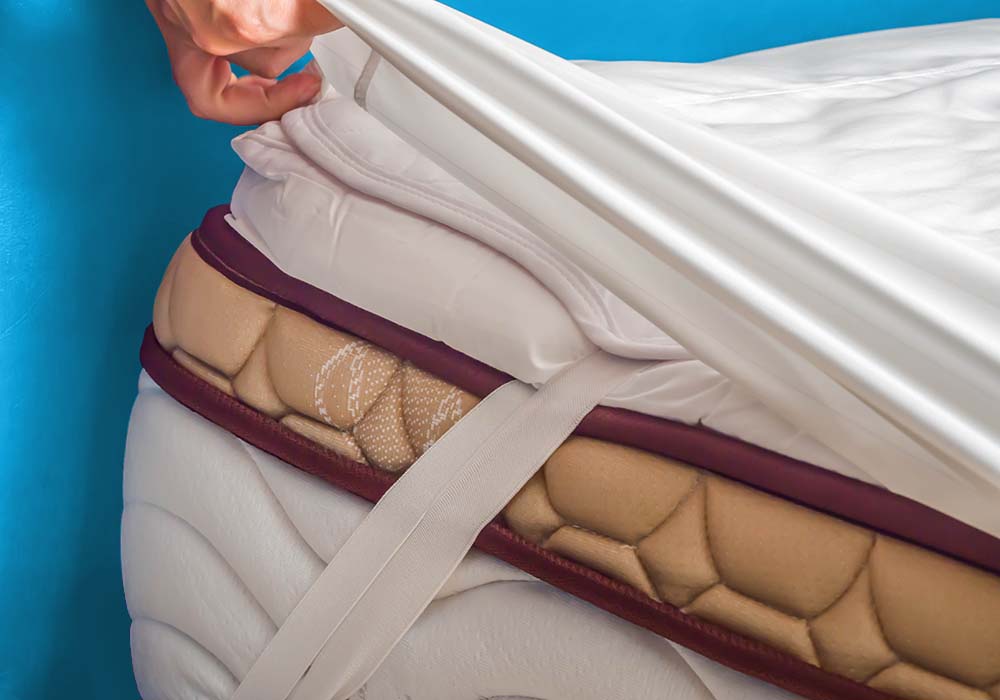 If you are dealing with a bed bug infestation, one of the first places you may check is your mattress. After all, it's where you spend a significant amount of time every night, and the idea of sharing it with tiny, blood-sucking pests is enough to make anyone's skin crawl. But do
bed bugs
hide in the mattress
? The answer may surprise you.
While it is possible for bed bugs to hide in
mattresses
, it is not their preferred location. Bed bugs are attracted to warmth, carbon dioxide, and human scent, which is why they are commonly found in
bedding
and
upholstered furniture
. However, as their name suggests, they are also known to hide in
bed frames
and
mattresses
.
So, what makes
mattresses
an attractive hiding spot for bed bugs? The answer lies in their construction.
Bed bugs
are small and flat, making it easy for them to squeeze into tight spaces.
Mattresses
offer plenty of crevices and seams for them to hide in, making it difficult to spot and eliminate them.
Furthermore, bed bugs are nocturnal creatures and are most active at night when their hosts are asleep. This means that
mattresses
provide a convenient hiding spot for them to remain close to their food source and feed undisturbed.
However,
bed bugs
are not limited to just
mattresses
and can also be found in other areas of your home, such as
carpeting
,
furniture
, and even
walls
. They can also travel long distances, so even if you get rid of them in your
mattress
, they may return from another source.
So, what can you do if you suspect bed bugs are hiding in your
mattress
? The first step is to thoroughly inspect your
bedding
and
mattress
for any signs of bed bugs, such as dark spots, shed skins, or live bugs. If you do find evidence of bed bugs, it is essential to take immediate action and consult a professional pest control service to eliminate the infestation.
In conclusion, while
bed bugs
may hide in
mattresses
, they are not limited to this location and can be found in various areas of your home. Regular inspection and maintenance of your
mattress
and
bedding
can help prevent bed bug infestations and keep your home free of these pesky pests.
If you are dealing with a bed bug infestation, one of the first places you may check is your mattress. After all, it's where you spend a significant amount of time every night, and the idea of sharing it with tiny, blood-sucking pests is enough to make anyone's skin crawl. But do
bed bugs
hide in the mattress
? The answer may surprise you.
While it is possible for bed bugs to hide in
mattresses
, it is not their preferred location. Bed bugs are attracted to warmth, carbon dioxide, and human scent, which is why they are commonly found in
bedding
and
upholstered furniture
. However, as their name suggests, they are also known to hide in
bed frames
and
mattresses
.
So, what makes
mattresses
an attractive hiding spot for bed bugs? The answer lies in their construction.
Bed bugs
are small and flat, making it easy for them to squeeze into tight spaces.
Mattresses
offer plenty of crevices and seams for them to hide in, making it difficult to spot and eliminate them.
Furthermore, bed bugs are nocturnal creatures and are most active at night when their hosts are asleep. This means that
mattresses
provide a convenient hiding spot for them to remain close to their food source and feed undisturbed.
However,
bed bugs
are not limited to just
mattresses
and can also be found in other areas of your home, such as
carpeting
,
furniture
, and even
walls
. They can also travel long distances, so even if you get rid of them in your
mattress
, they may return from another source.
So, what can you do if you suspect bed bugs are hiding in your
mattress
? The first step is to thoroughly inspect your
bedding
and
mattress
for any signs of bed bugs, such as dark spots, shed skins, or live bugs. If you do find evidence of bed bugs, it is essential to take immediate action and consult a professional pest control service to eliminate the infestation.
In conclusion, while
bed bugs
may hide in
mattresses
, they are not limited to this location and can be found in various areas of your home. Regular inspection and maintenance of your
mattress
and
bedding
can help prevent bed bug infestations and keep your home free of these pesky pests.




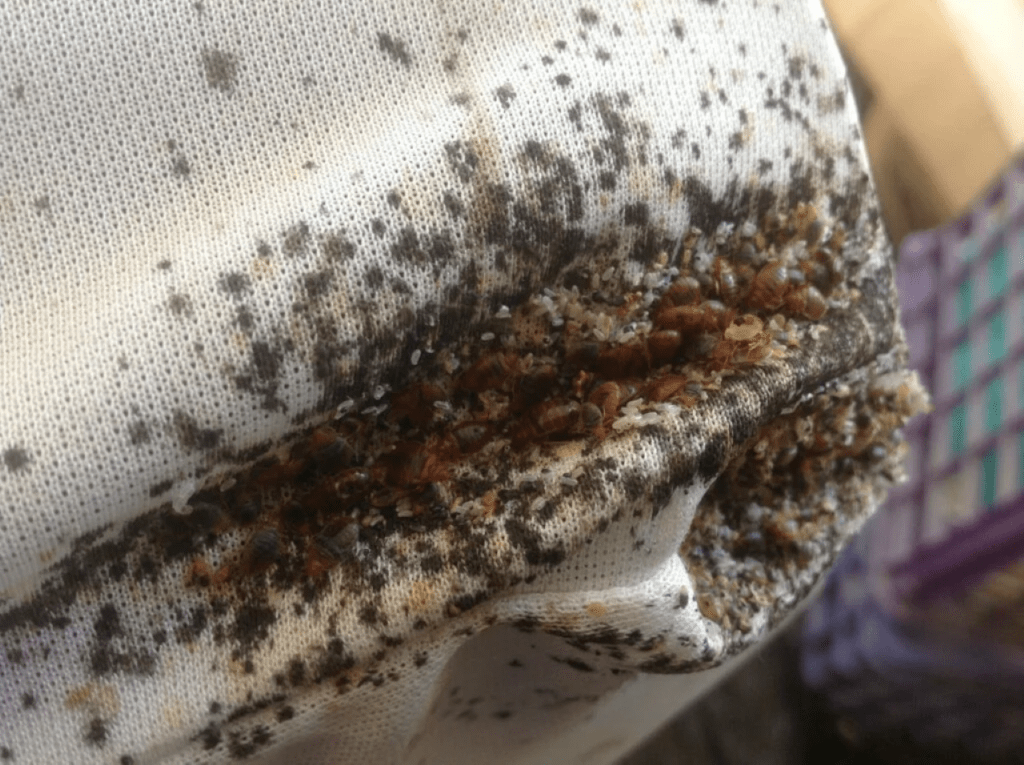



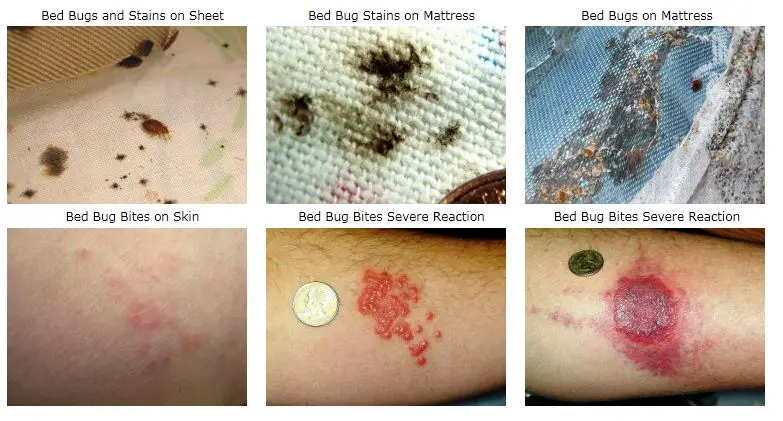









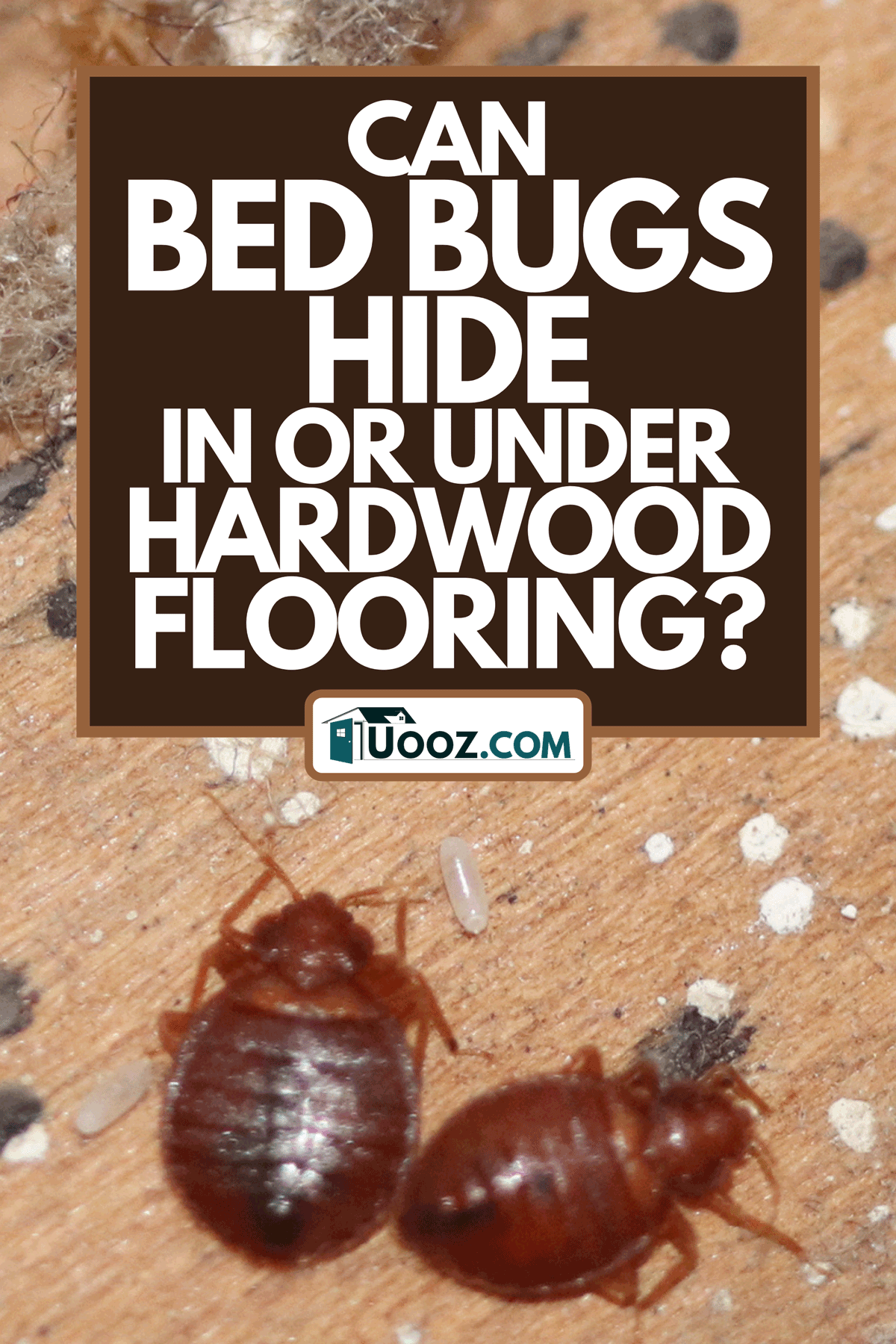

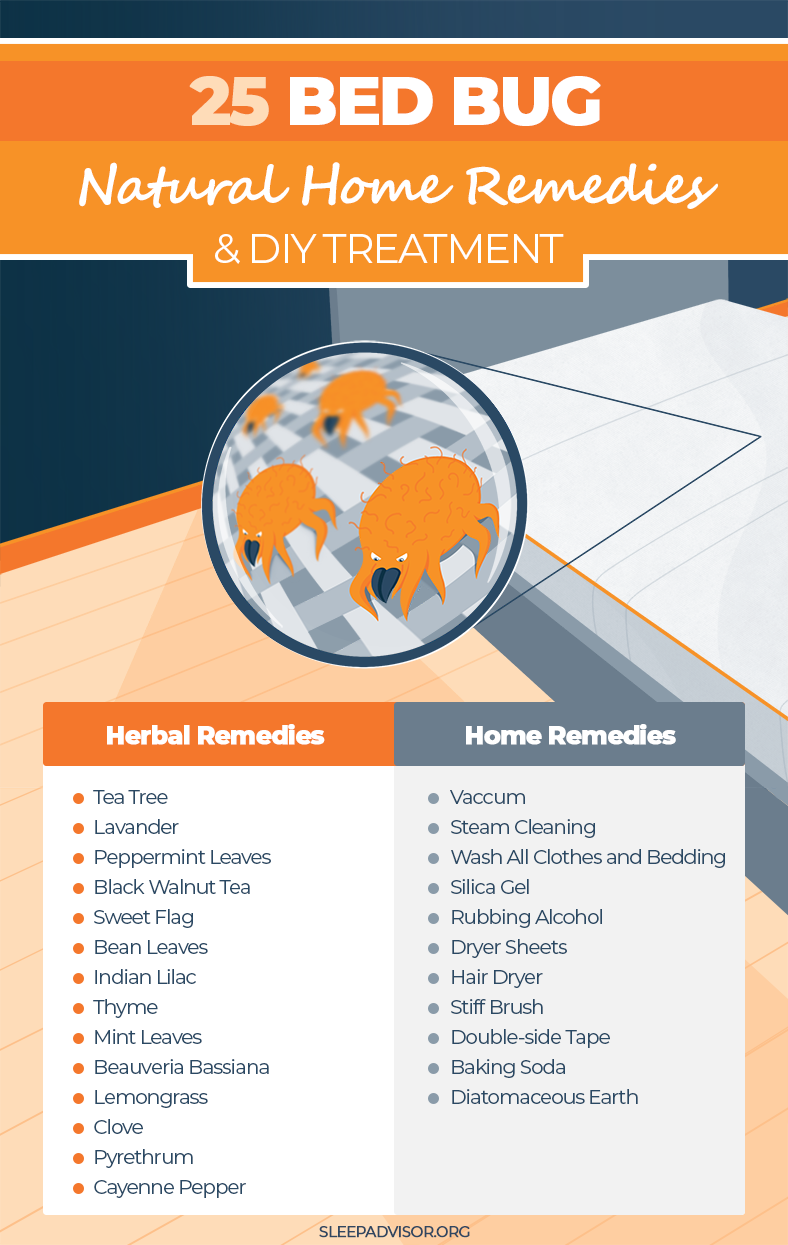





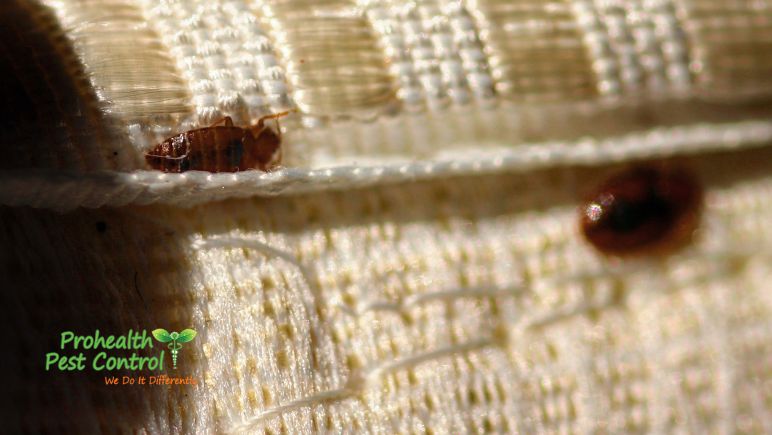





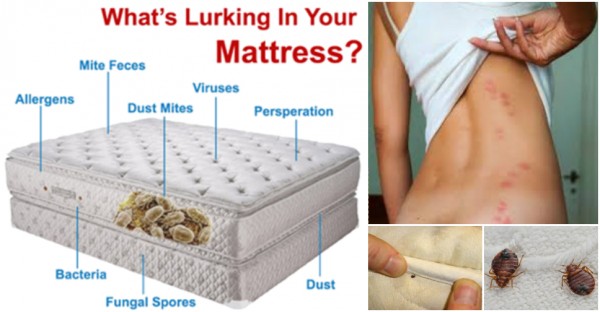

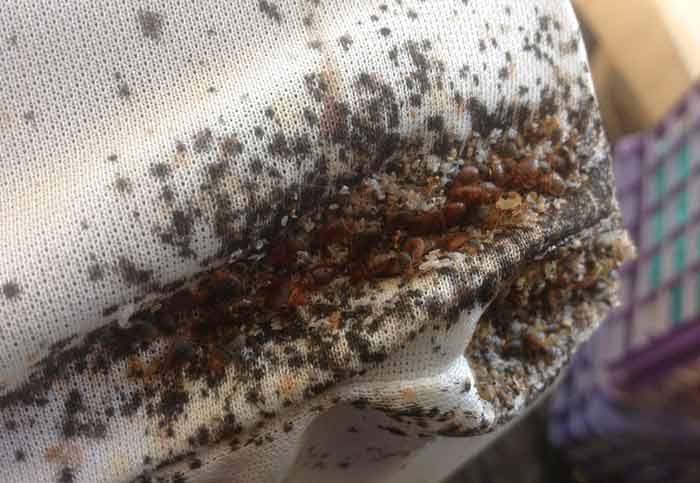
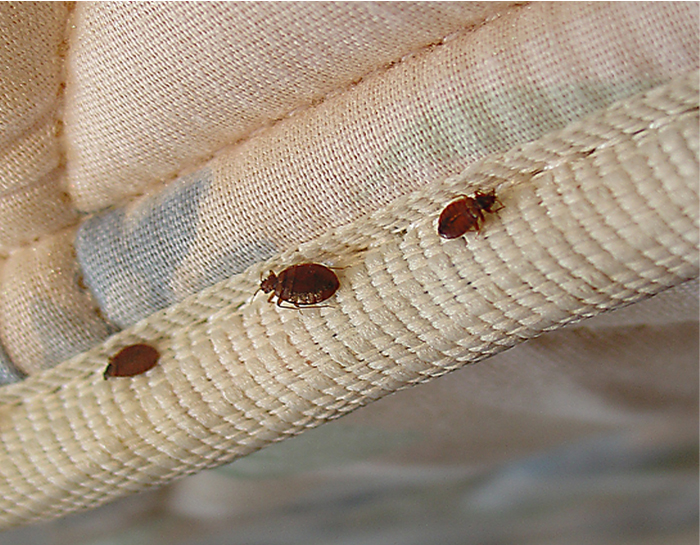



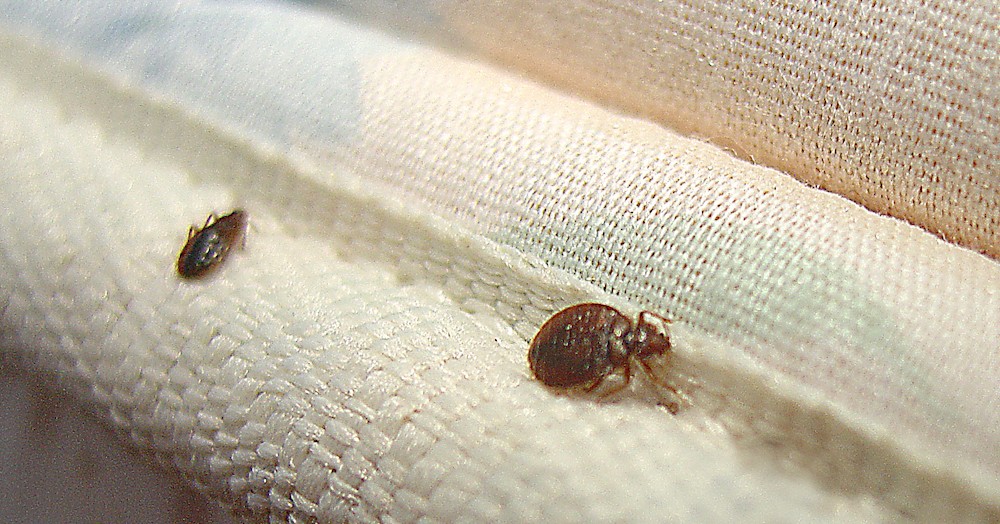
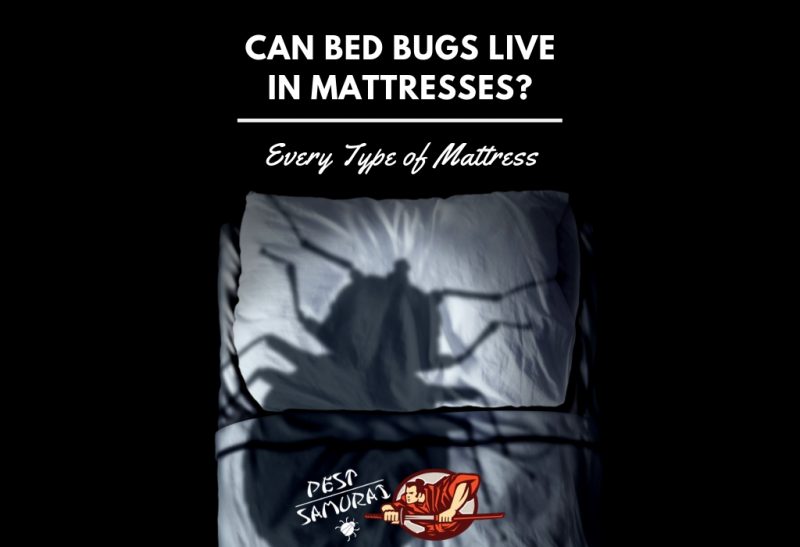

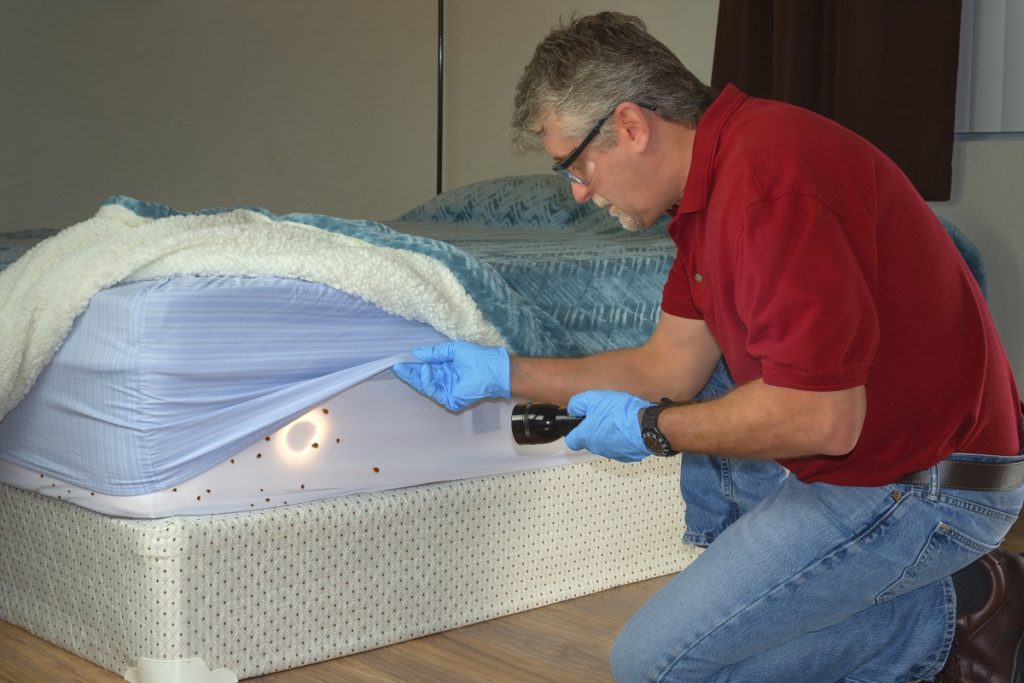
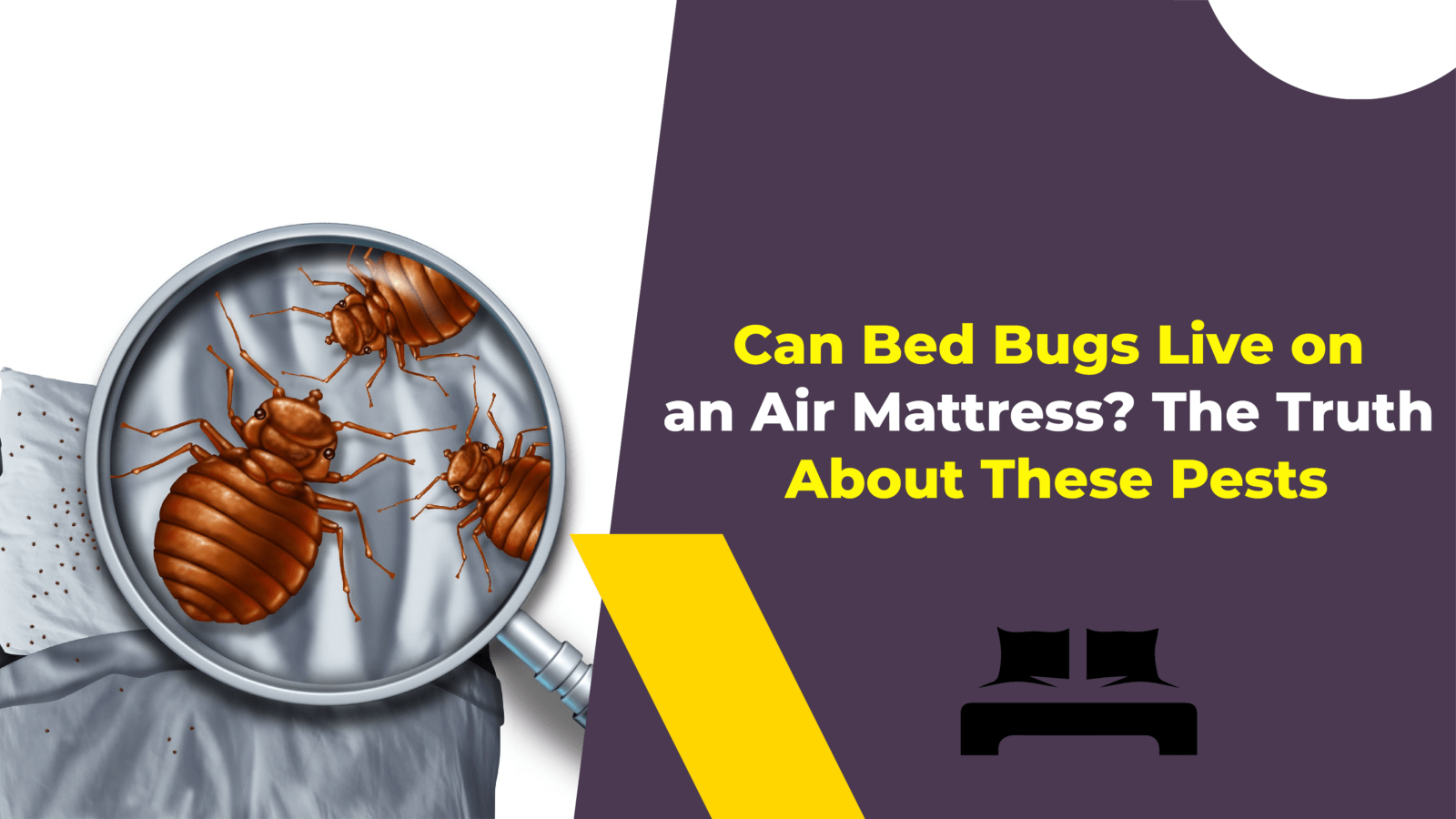



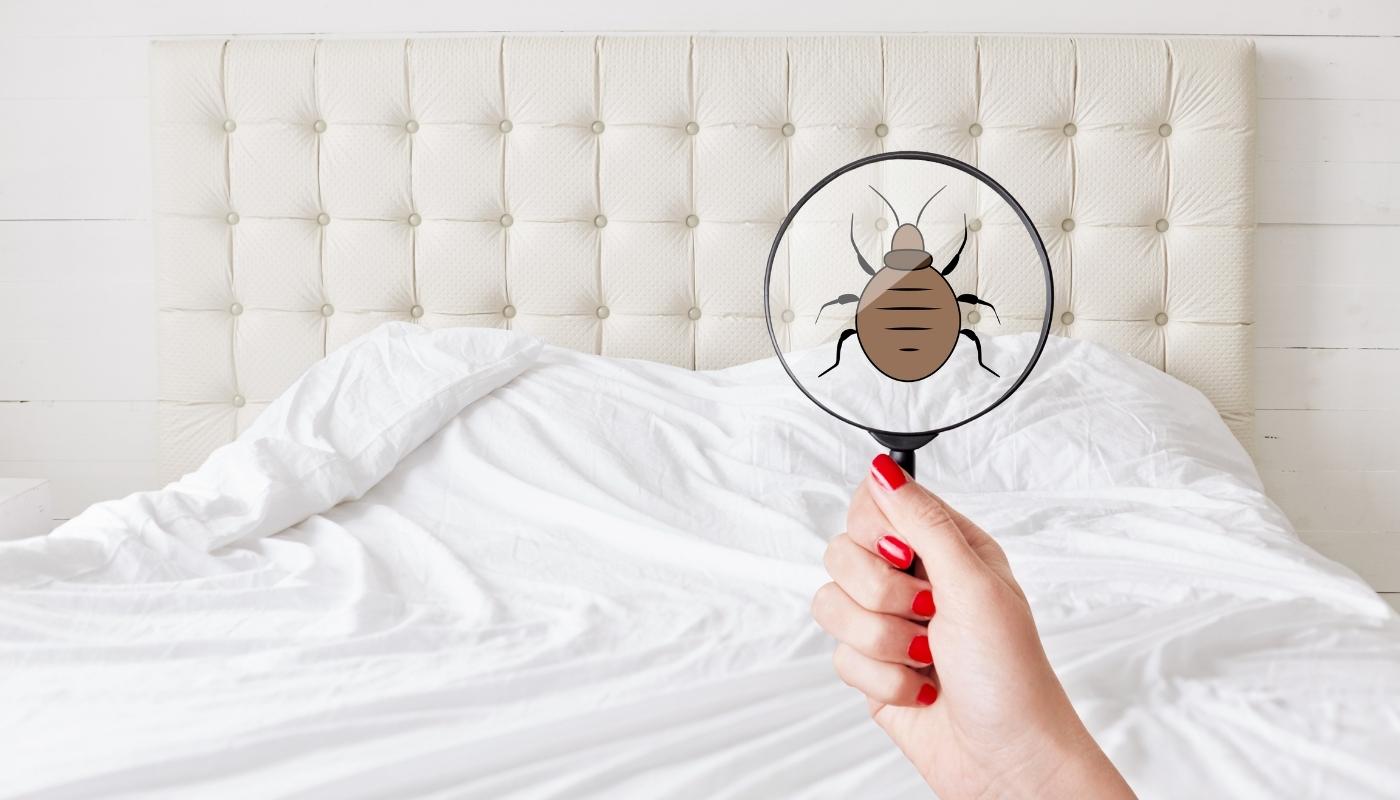





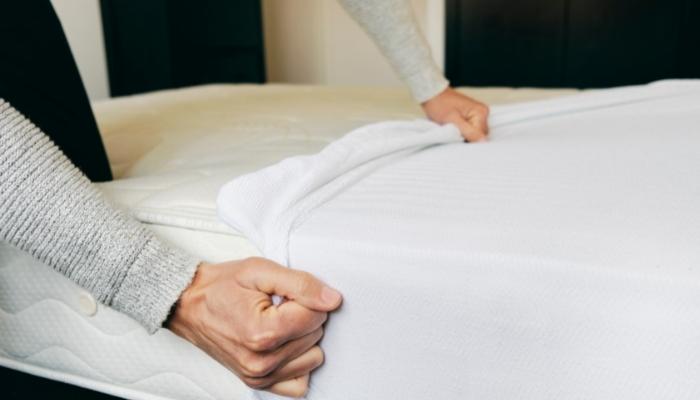

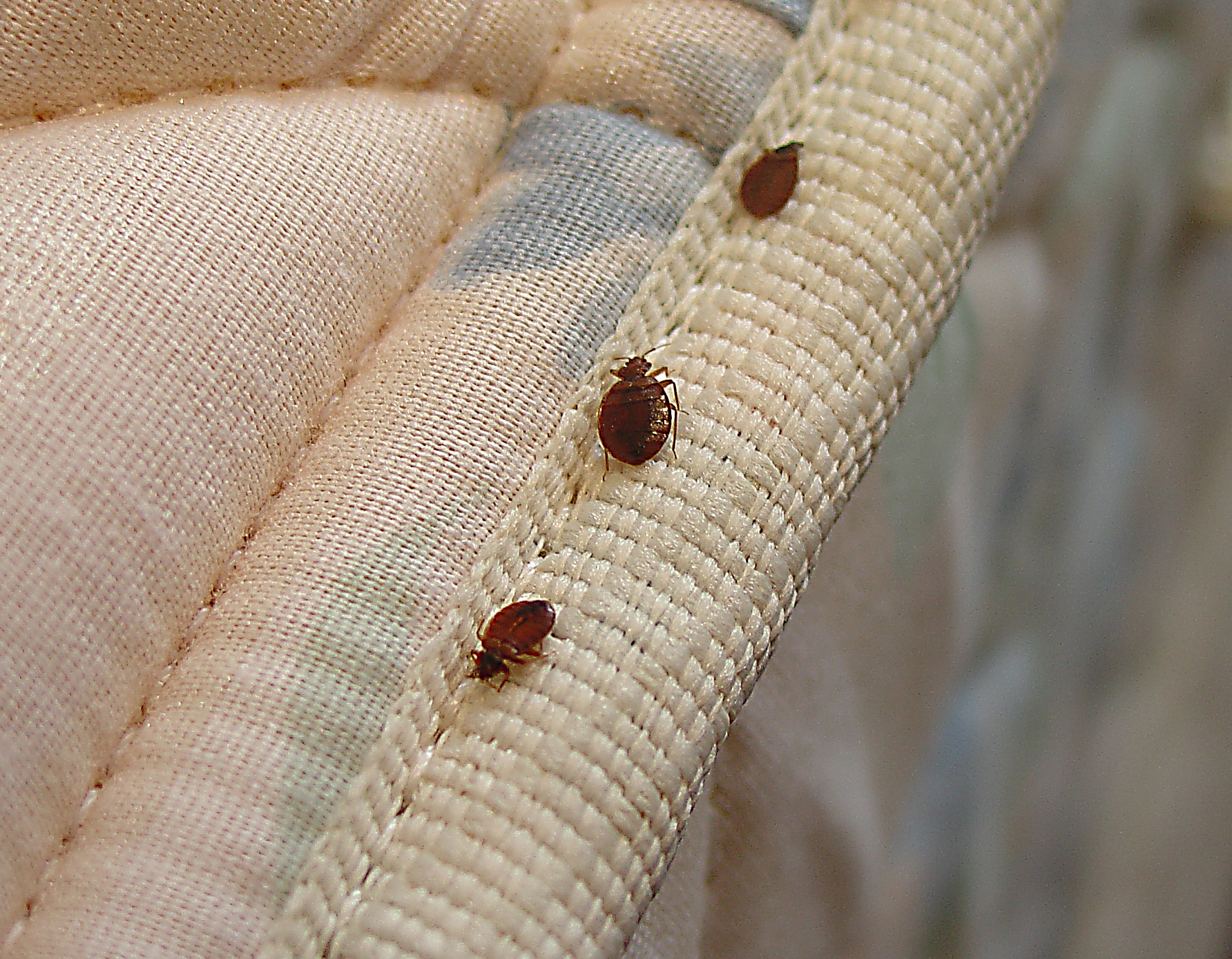
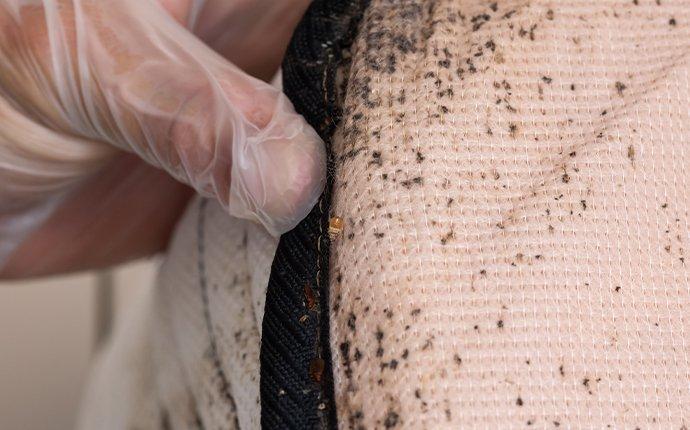
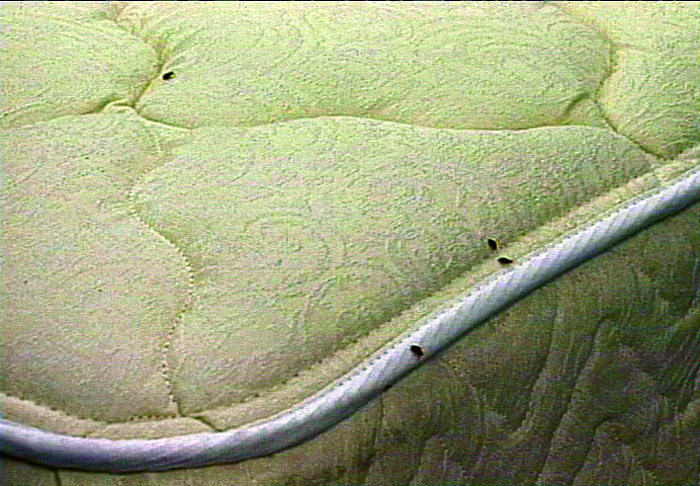


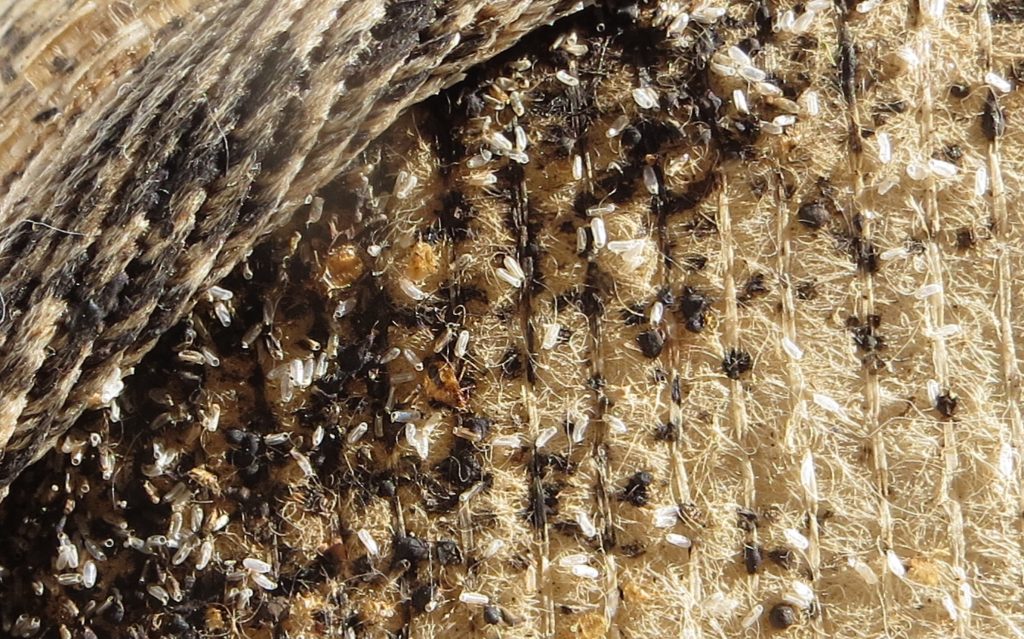




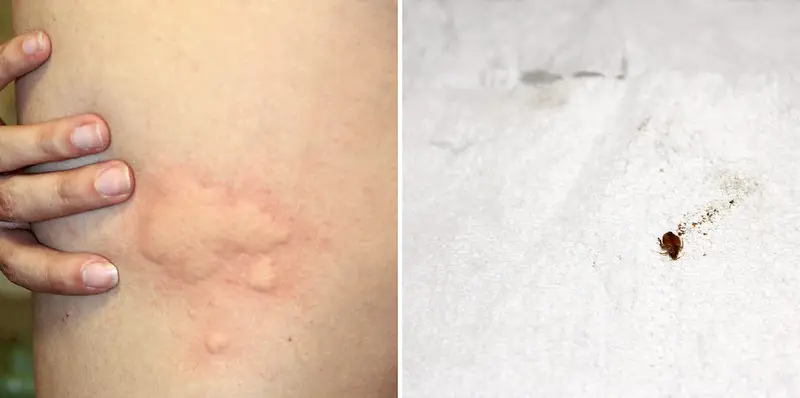
:max_bytes(150000):strip_icc()/bed-bug-bites-overview-2633482_v2-f8bfc57491af4e7a93307ec27a0d9652.png)



